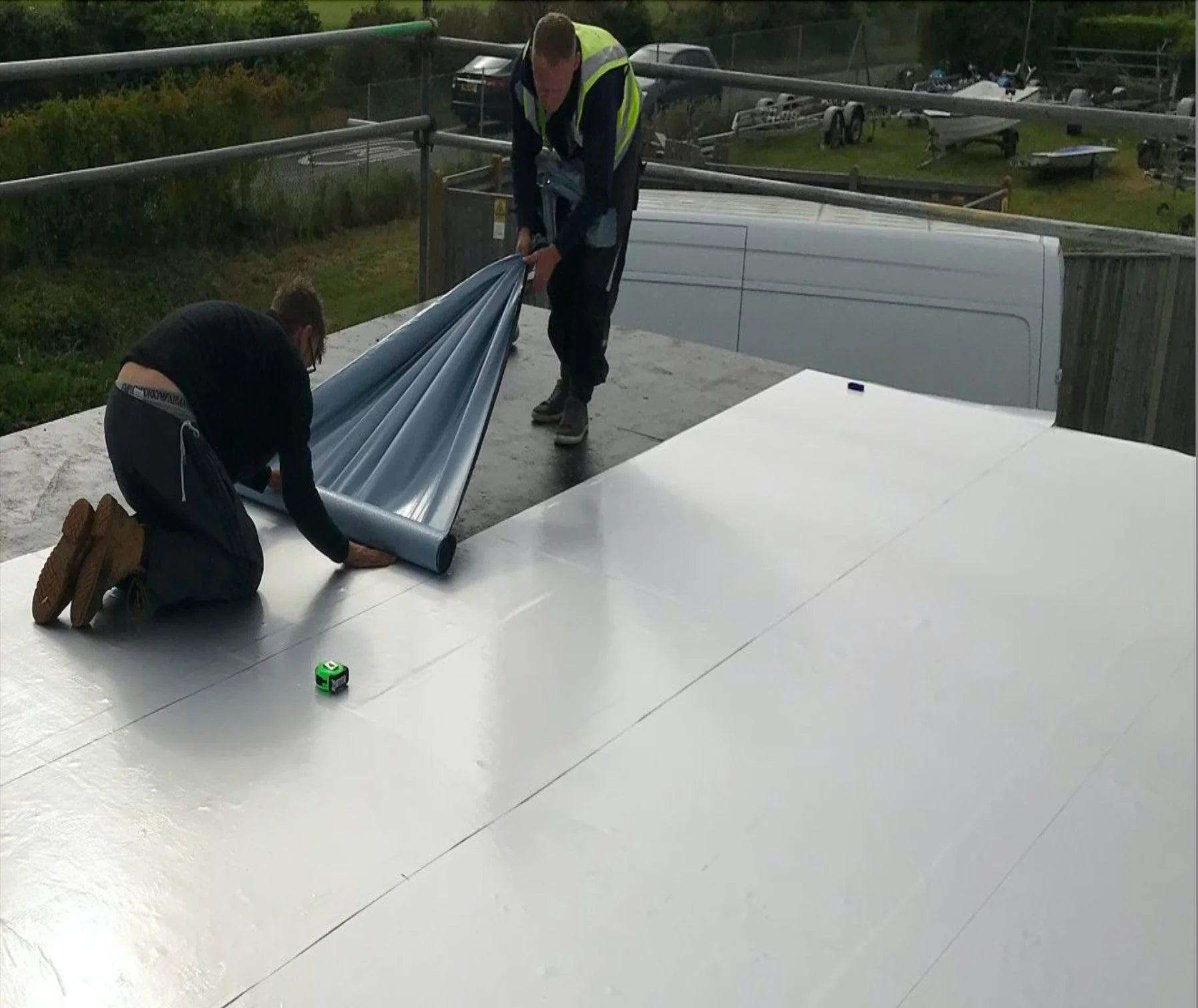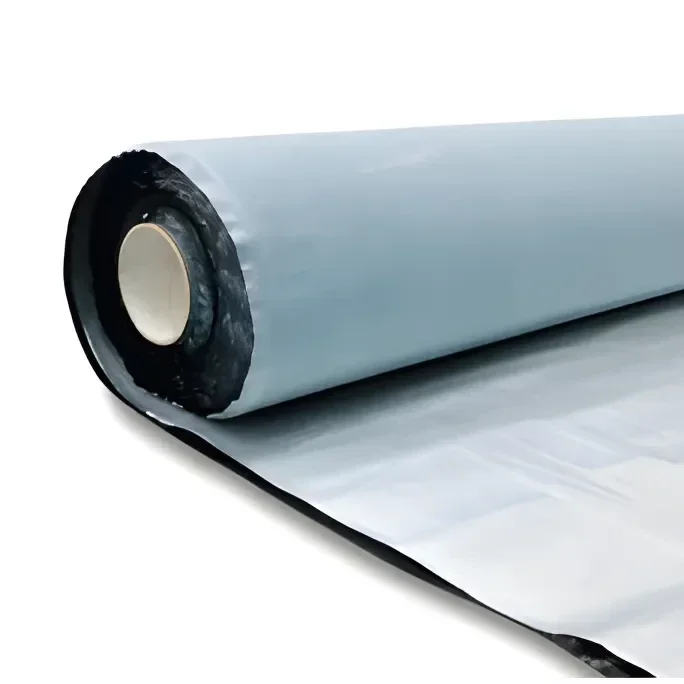Vapour Control Layers (VCLs)
10 products
Showing 1 - 10 of 10 products
Vapour Control Layers (VCLs) – Essential for Moisture Management & Energy Efficiency
Vapour Control Layers (VCLs) are crucial components in modern building construction, designed to regulate moisture movement, improve thermal efficiency, and maintain indoor air quality. By controlling the diffusion of water vapour, VCLs prevent condensation, reducing the risk of mould growth and structural deterioration.
Benefits of Vapour Control Layers:
✔ Moisture Management – Prevents water vapour ingress and reduces condensation-related damage.
✔ Energy Efficiency – Minimises heat loss, stabilising indoor temperatures and lowering energy consumption.
✔ Improved Air Quality – Controls humidity levels, preventing mould and mildew growth for a healthier environment.
Types of Vapour Control Layers:
- Polyethylene Films – High-resistance plastic membranes used in walls, floors, and roofs.
- Bituminous Membranes – Durable, waterproof layers ideal for flat roofs and below-ground applications.
- Metal Foils – Vapour-tight aluminium sheets that enhance insulation performance.
- Specialised Coatings – Liquid-applied vapour barriers for concrete, wood, and masonry surfaces.
Correct Installation for Maximum Performance:
✅ Sealing – Ensuring airtight joints, seams, and penetrations with tapes, adhesives, or sealants.
✅ Proper Placement – Positioned on the warm side of insulation to prevent internal condensation.
✅ Integration with Other Components – Designed to work with windows, doors, and ventilation systems without compromising efficiency.
Clever Shield offers high-performance Vapour Control Layers, ensuring long-lasting protection, improved thermal performance, and a healthier indoor environment for all building types.
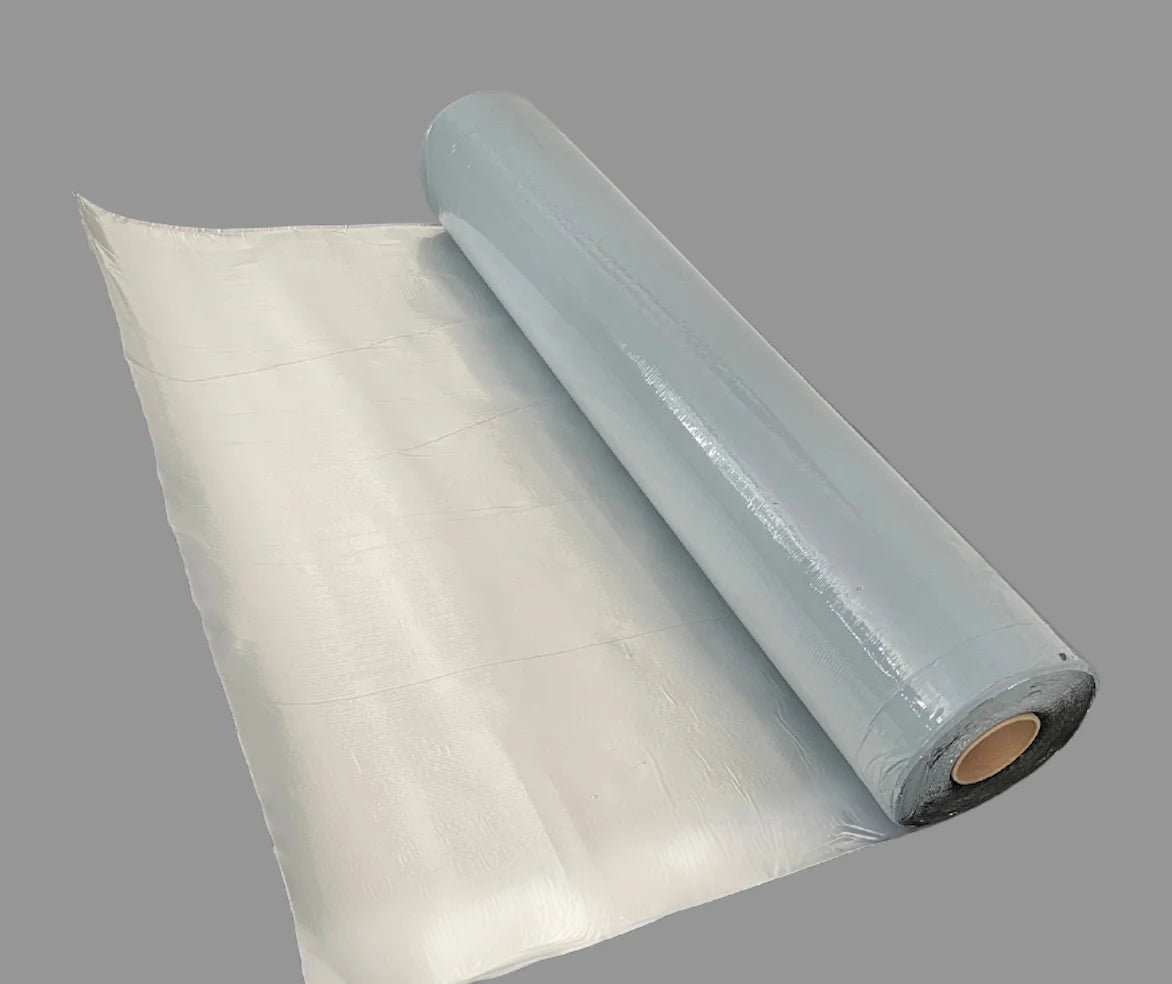
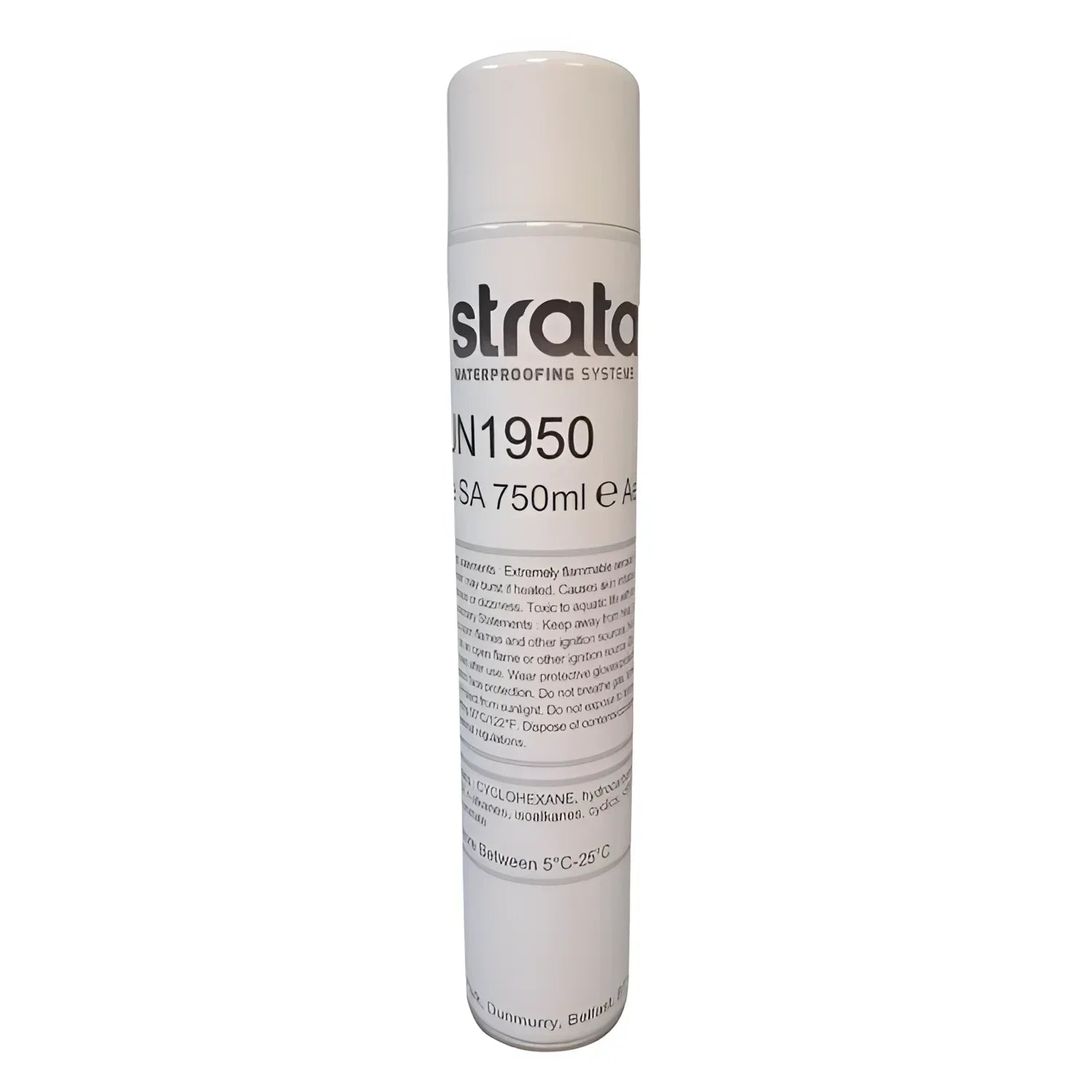
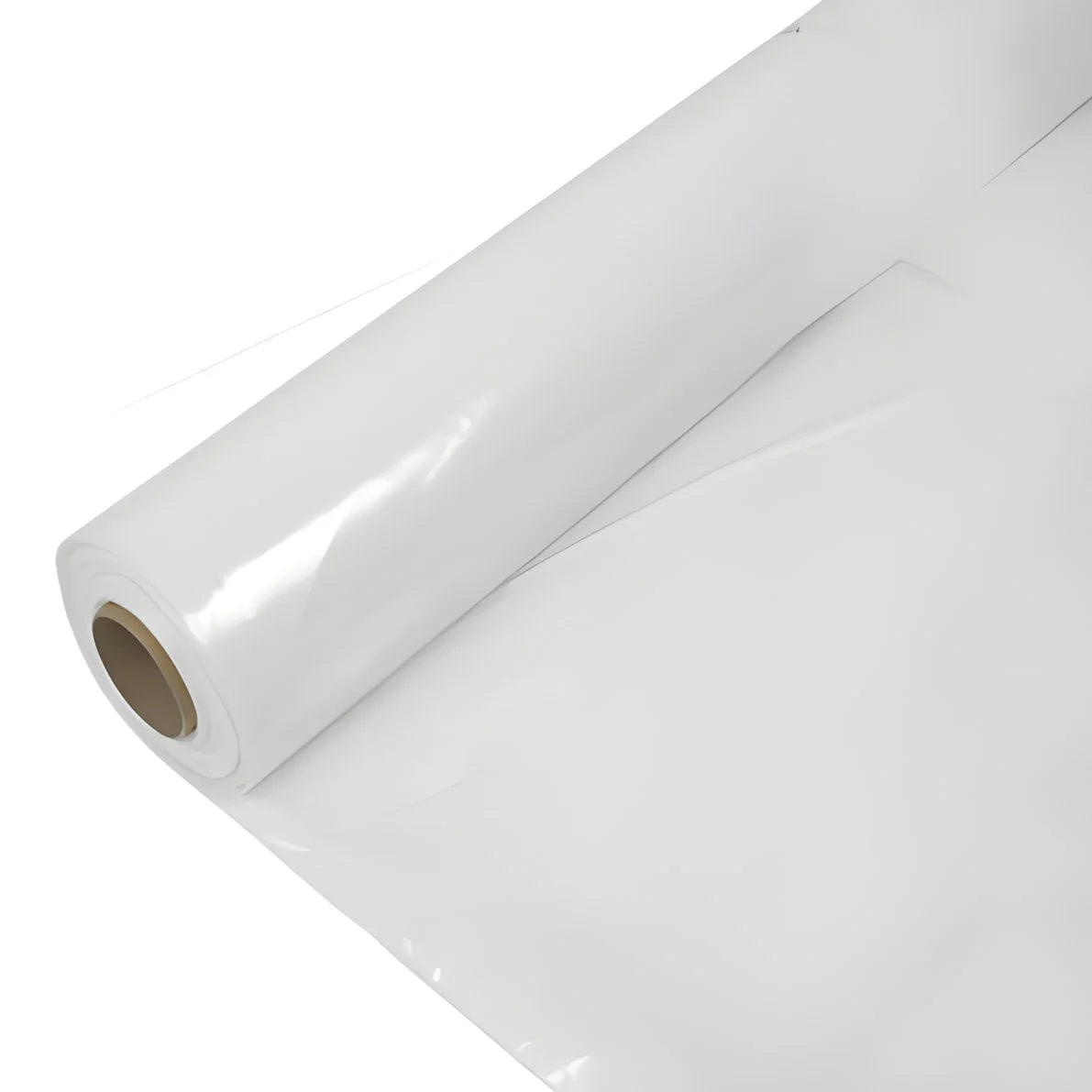
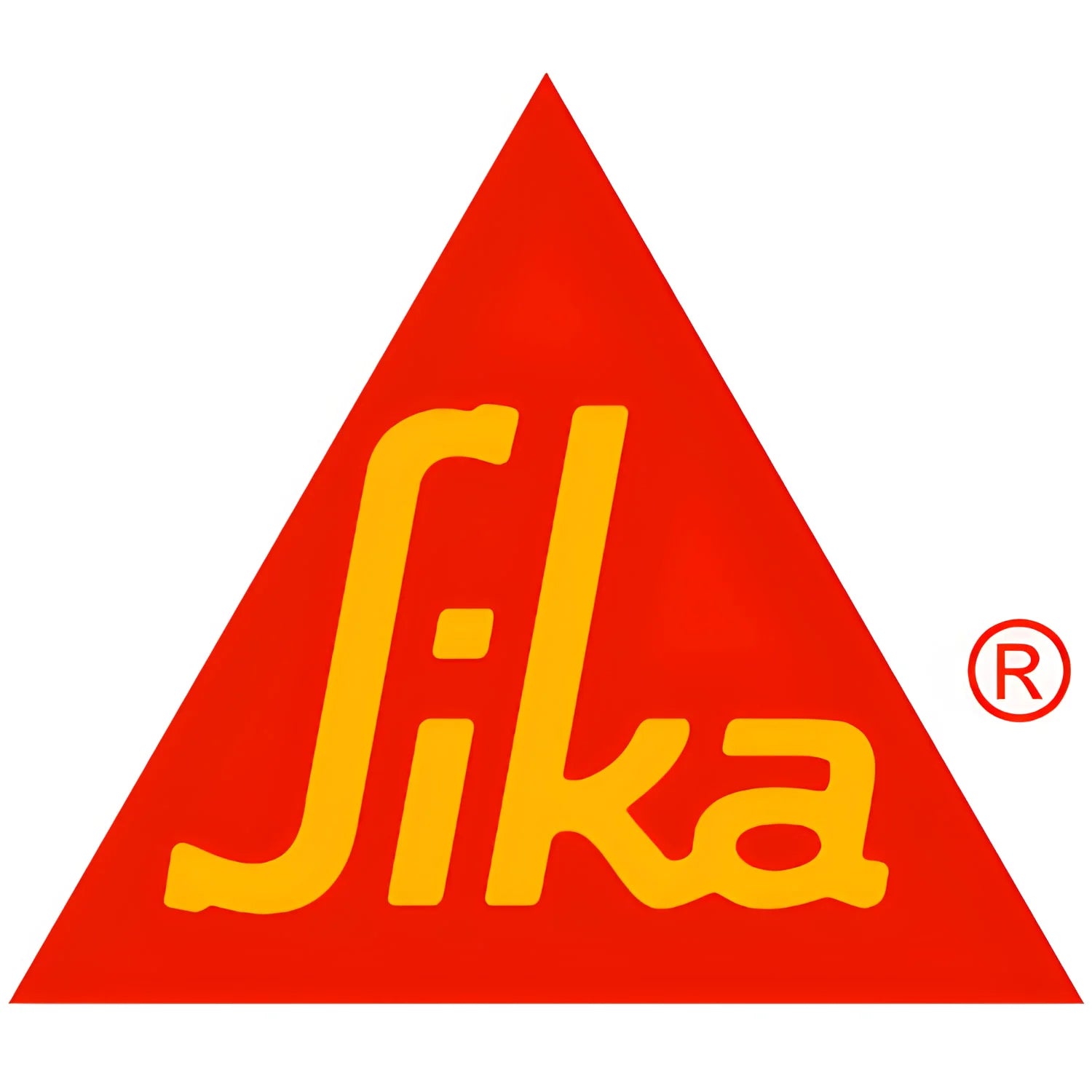
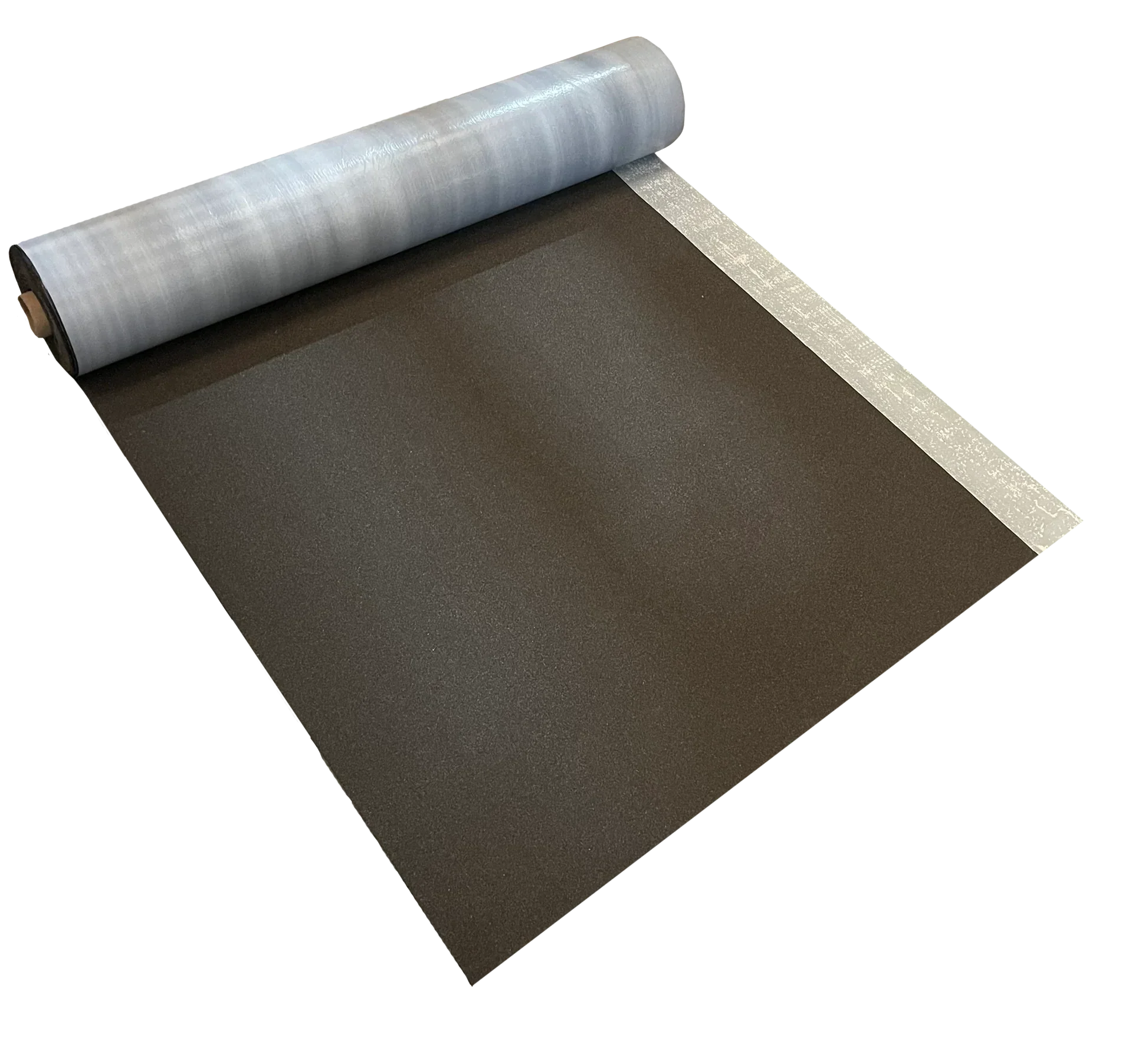
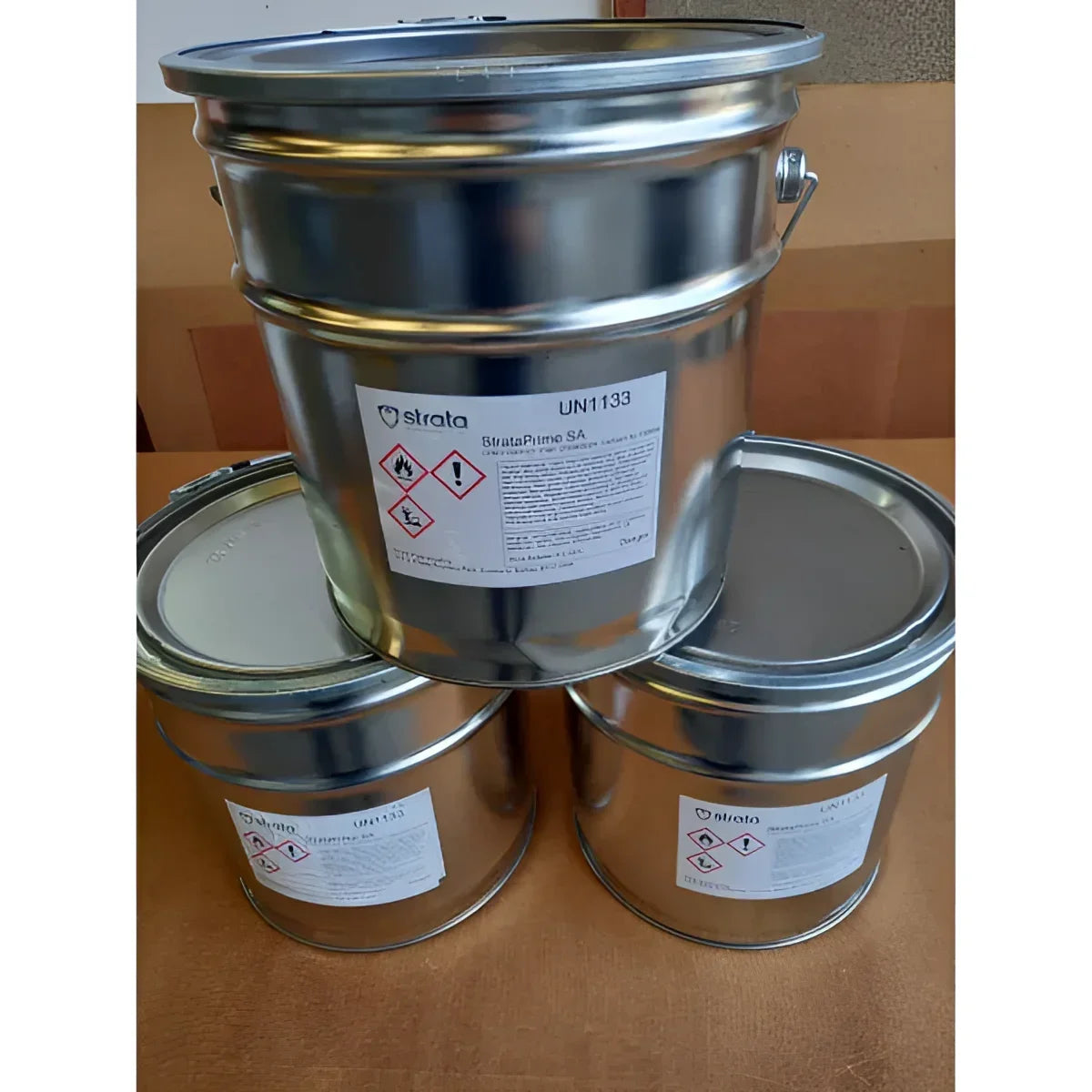

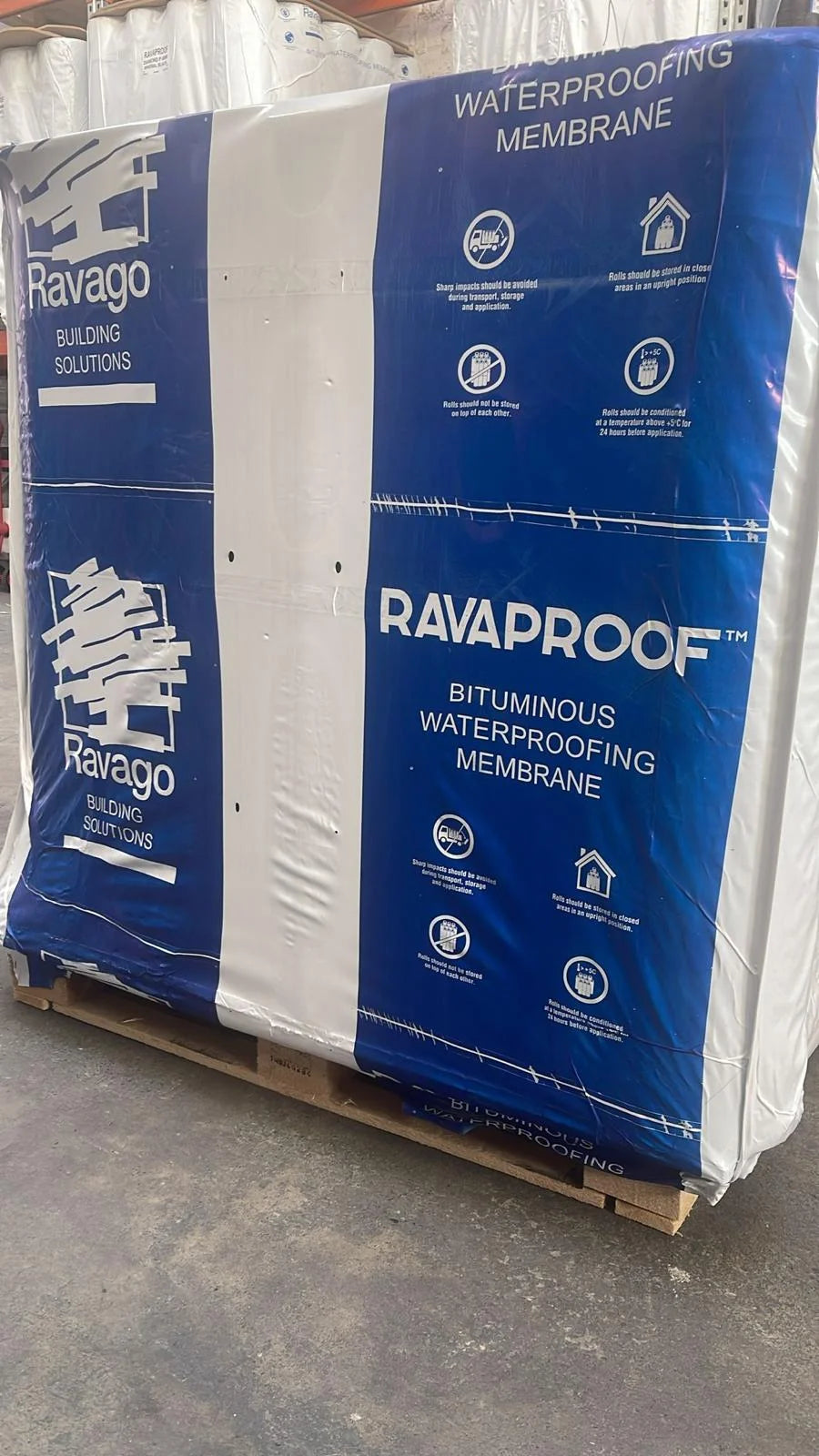
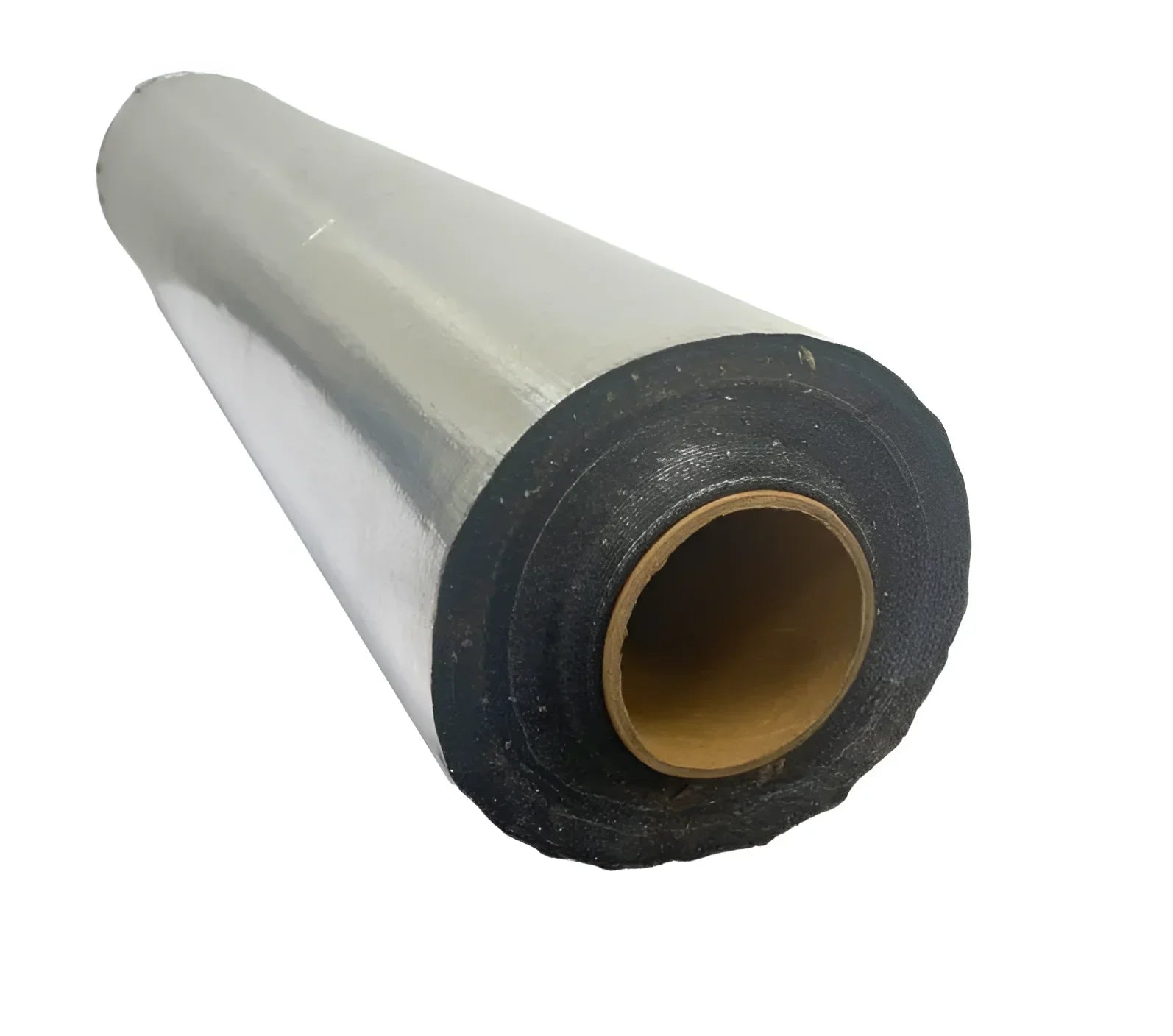
Recently viewed
What Our Customers Say
Very good 4.7/5
Exceptional Advice & Support
Hands down in all of my reviews I've done in 21+ years, Clever Shield Coatings is one I'll always remember as the staff are friendly & passionate about their job - looking out for the customer and getting the job done right first time.
Sunny
Verified customer
Fast, friendly and reliable…
Fast, friendly and reliable. I was able to get my job done quickly and my customer was happy with the prices.
Thanks.
Kamil
Verified customer
Exceptional Advice & Support
We have been using clever shield (dealing with Richard) for over 2 years. They always give good service deliveries on time and even give technical advise when needed.
JAC
Verified customer
Really helpful! great service
Spoke to technical for some advice on the product and it was really helpful, great service
Tina Mansfield
Verified customer
Great company / knowledgeable
What a great company - knowledge about the products, spent lots of time talking me through everything - if only every company was like this one !
Ostler Info
Verified customer
Great company and speedy delivery
Really great company to deal with,excellent customer service,speedy delivery will definitely recommend and use again as a satisfied customer
Del Upson
Verified customer
Great Technical Support
Great technical support and advice on wykamol products would highly recommend this company
Shirley
Verified customer
Highly Recommended
Sandra Dow
Verified customer

